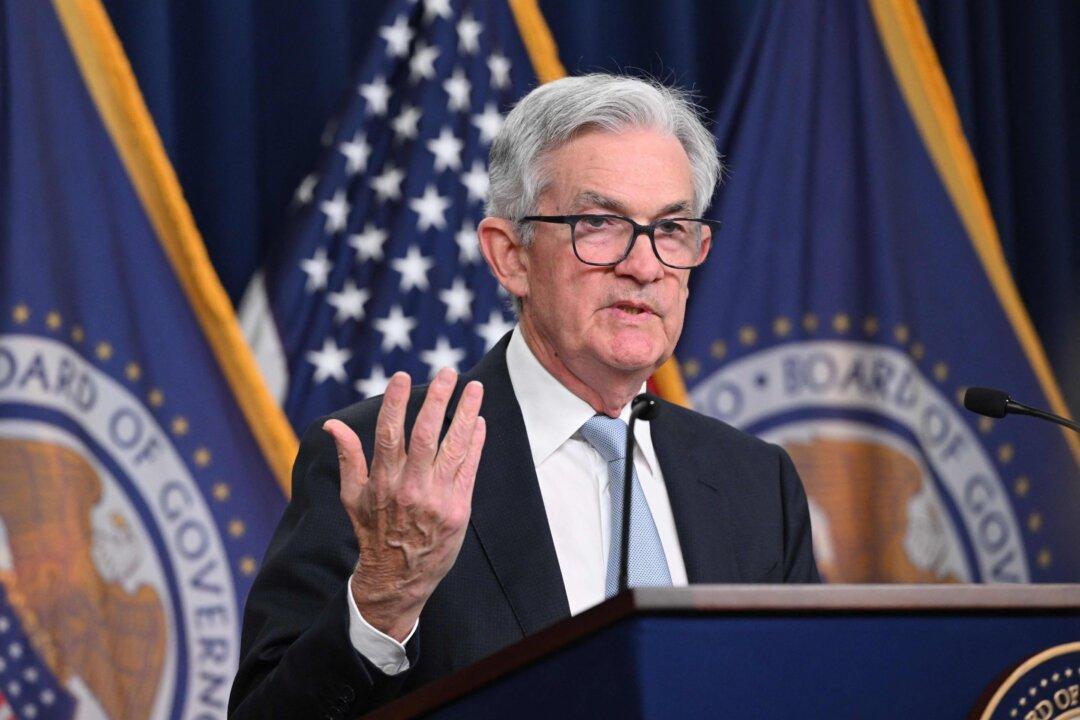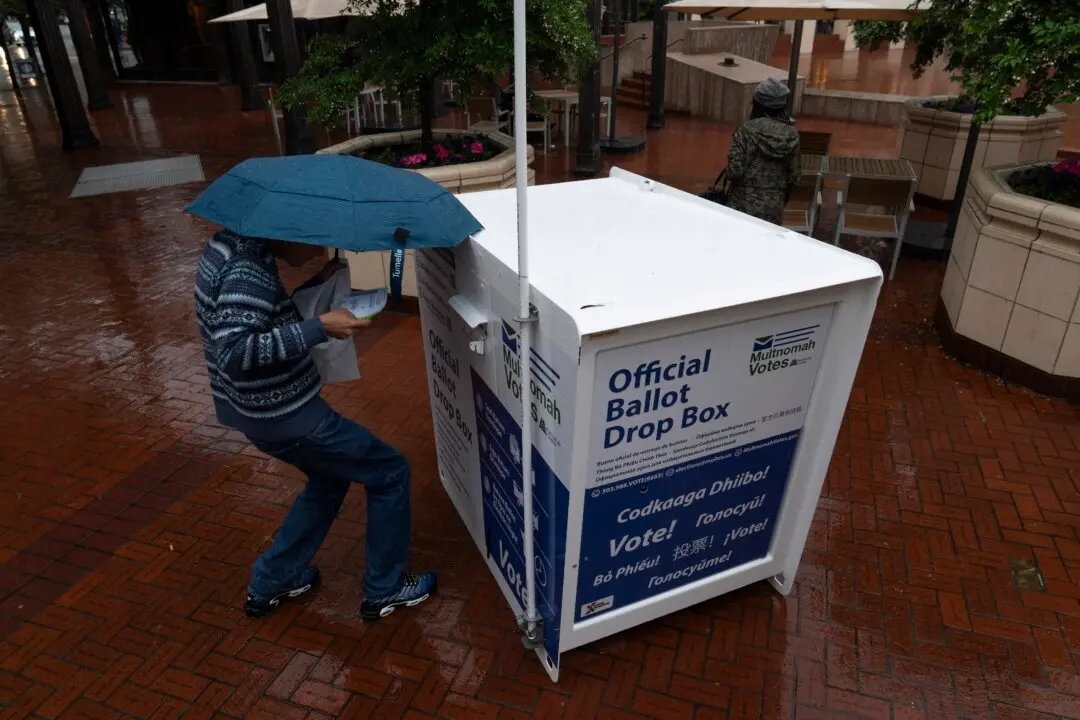The Federal Reserve has announced a timeline for the launch of its long-awaited FedNow payment service that will let banks offer customers instantly available funds and execute real-time payments, with critics flagging concerns like lack of cross-border payment processing and raising questions about surveillance.
The Fed announced on Wednesday that it will begin formal certification of participants in the FedNow system in April in anticipation of a July launch.





